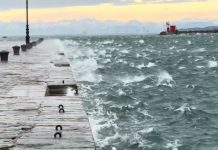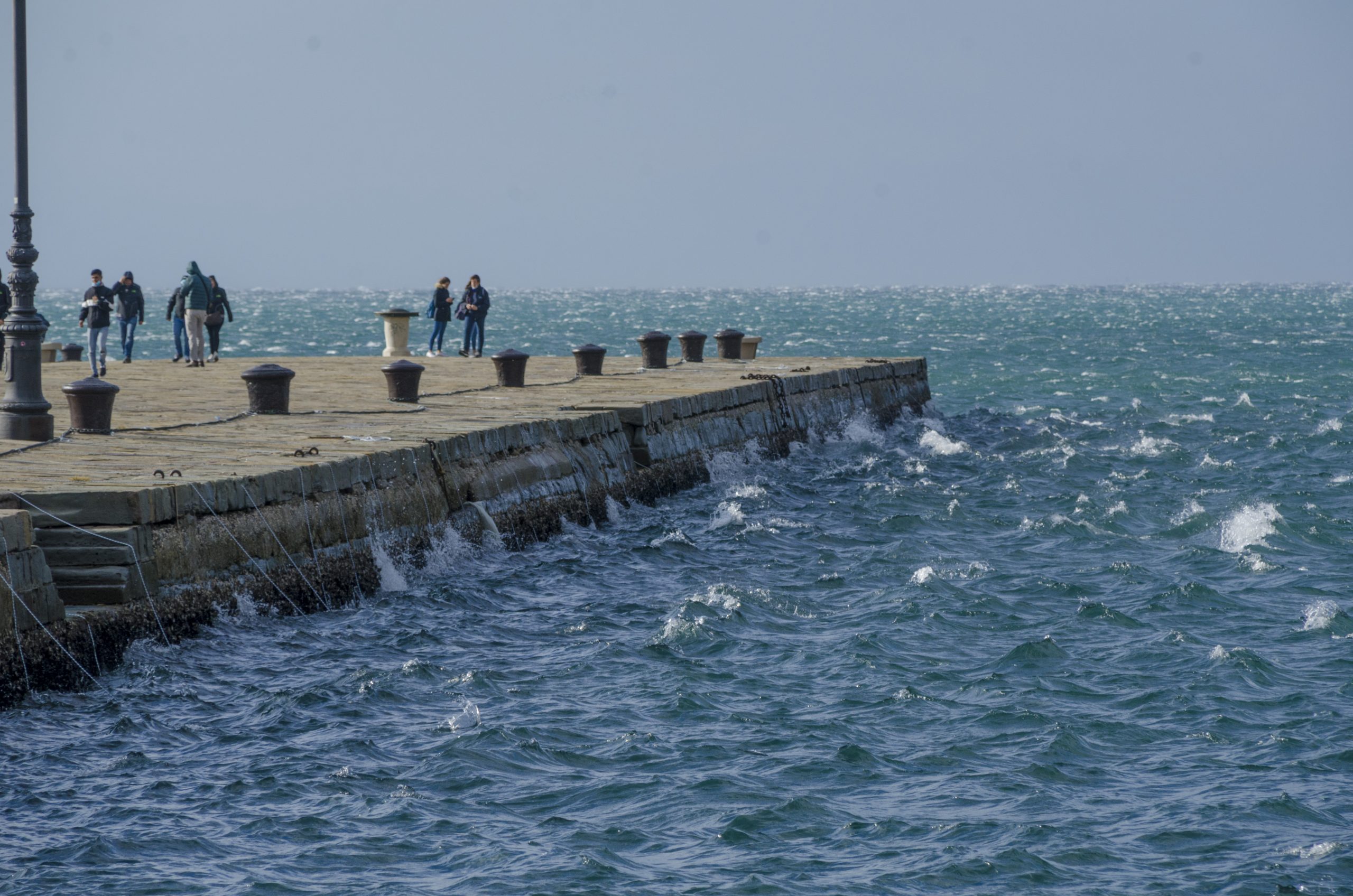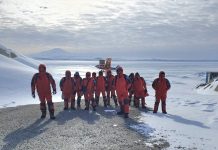by InTrieste
As the Mediterranean Sea continues to warm at a pace outstripping that of the world’s oceans, scientists and conservationists are sounding the alarm on the growing ecological impact. Marking Mediterranean Day, the Italian branch of the World Wildlife Fund (WWF) shared an article by marine biologist Roberto Danovaro, outlining a range of effects climate change is having on the region’s marine ecosystems — from heatwaves and acidification to the degradation of underwater habitats.
Among the areas experiencing some of the most visible changes is the Gulf of Trieste, in the northern Adriatic. The Marine Protected Area of Miramare, located along the Gulf, has recorded a range of troubling developments over the past two summers. Intense marine heatwaves have left local species under stress, with widespread necrosis observed in yellow and black sponges and bleaching in Cladocora caespitosa, the region’s only reef-building coral.
The protected area’s staff have been closely monitoring these shifts, noting not only the decline in biodiversity but also a perceptible loss of marine vegetation, which has led to a visibly “less green” underwater landscape.
“These are not isolated incidents,” scientists at Miramare note. “They’re part of a larger pattern that is accelerating year after year.”
The broader Mediterranean is facing several interrelated threats: rising sea temperatures, increasingly frequent and prolonged heatwaves, ocean acidification, and the retreat of vital habitats such as seagrass meadows and algal forests. These changes are in turn disrupting the marine food web, with potential consequences for both wildlife and coastal economies.
As researchers continue to study the long-term effects of these changes, conservationists are urging faster and more coordinated responses to safeguard the sea’s delicate ecosystems.
WWF and other groups emphasize that while the Mediterranean is especially vulnerable due to its semi-enclosed geography, the lessons it offers are relevant on a global scale. The ongoing transformation of the Gulf of Trieste may well serve as a microcosm of what lies ahead for other coastal regions.































